It’s a warehouse few have seen or even know exist. Photography of the outside isn’t allowed, and images of the inside are tightly controlled.
Not that images of the inside are terribly compelling: Aisle after aisle, spanning six football fields, stacked high with cardboard boxes. Sealed inside those boxes are vital medical supplies, such as vaccines and antibiotics, ready to be shipped out in the event of a life-threatening public health emergency.
If not for the security guards checking credentials, it’d be easy to dismiss the facility — one of more than 12 strategically located across the United States — as just another warehouse. The facility, part of the Strategic National Stockpile, rose to prominence in the early days of the Covid pandemic — not for its utility, but for its failure to provide health care workers with lifesaving supplies.
NBC News was granted exclusive access inside one of the top-secret facilities — the first news organization allowed inside with television cameras since the pandemic began — and spoke with federal health officials who are now grappling with rebuilding supplies, correcting the mistakes of the Covid crisis and trying to prepare for the next pandemic.
The early missteps can be attributed, in part, to a series of choices made by an obscure governing body about how to stock the stockpile — decisions made without input from health care workers or domestic manufacturers, experts said.
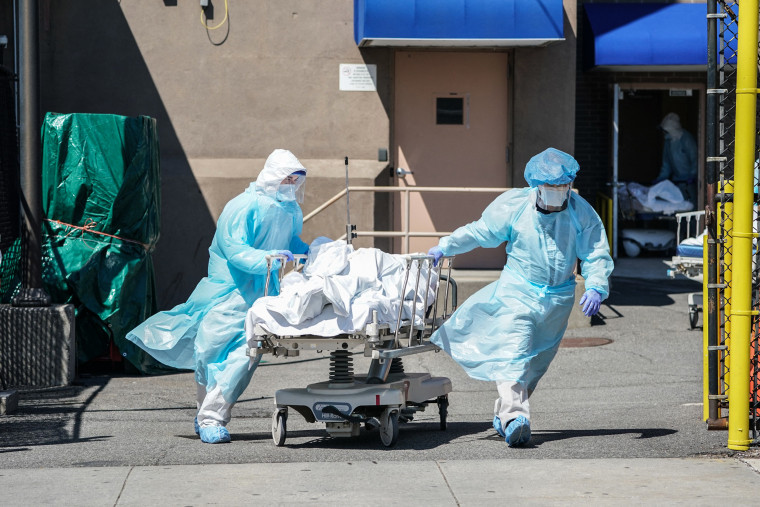
Those flawed supply decisions left health care workers without essential protective gear, or in some cases, the right equipment needed to provide lifesaving care to desperately ill patients during the pandemic’s first wave.
It “fell short,” said Dawn O’Connell, the assistant secretary for preparedness and response appointed by President Joe Biden. Her division, part of the Department of Health and Human Services, oversees the federal stockpile. “It became very apparent when the whole world needed the same thing at the exact same time and none of it was here.”
The challenge now for O’Connell and other White House officials is to make sure the supplies in the warehouse are adequate for any future infectious disease outbreaks or other threats, known and unknown.
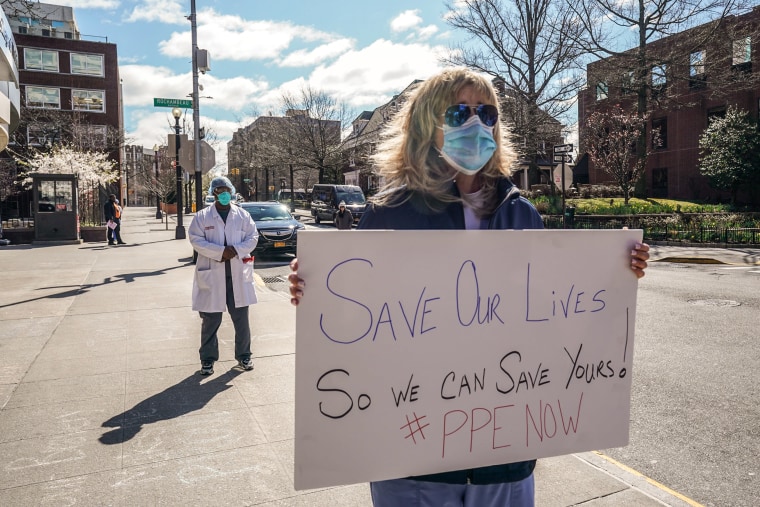
Where were the masks?
Greg Burel directed the Strategic National Stockpile from 2010 through January 2020. At the time, he said, he recognized that the $8.5 billion federal repository had long been depleted of personal protective equipment for medical workers.
With the pandemic looming, the United States had just 35 million N95 masks on hand, the vast majority left over from a single purchase made in 2009.
What Burel didn’t see coming was how, in a few short months, that shortfall would prove devastating.
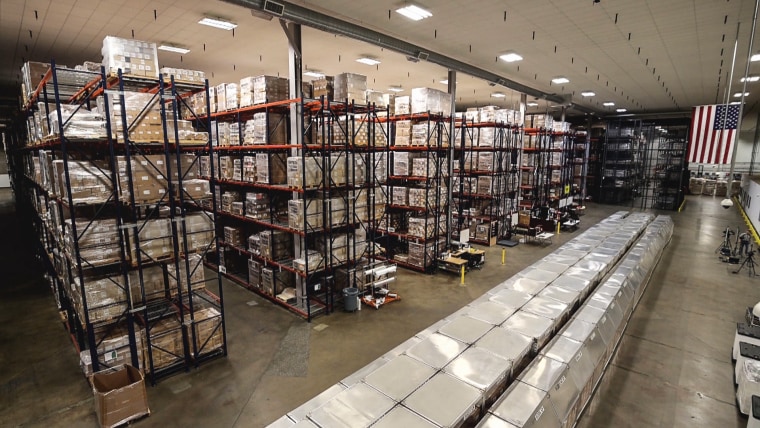
According to one estimate, the U.S. would’ve needed up to 3.5 billion N95s to adequately protect health care workers and first responders.
Burel blamed the lack of preparedness on a funding shortfall — federal officials were given about $700 million of the $1 billion they requested from Congress. With that money, he said, the stockpile “would have been in a better place to be responsive, at least with personal protective equipment, to SARS-CoV-2.”
“Everyone thought that [the stockpile] was supposed to open its doors and hand out PPE to everybody at that moment. It wasn’t set up to do that at the time.”
dawn o'connell
It's uncertain whether extra funding would’ve made any difference, experts say.
Supplies like personal protective equipment generally weren’t part of the stockpile's inventory. The masks that were purchased in 2009 weren’t part of the normal stockpile budget; instead, they were bought with supplemental funds appropriated to combat the H1N1 swine flu pandemic.
“Everyone thought that [the stockpile] was supposed to open its doors and hand out PPE to everybody at that moment,” O’Connell said about the beginning of the pandemic. "It wasn’t set up to do that at the time."
A focus on what the market couldn't provide
Steven Adams, who now directs the stockpile, said that officials thought the market would be able to supply the country with masks, if needed.
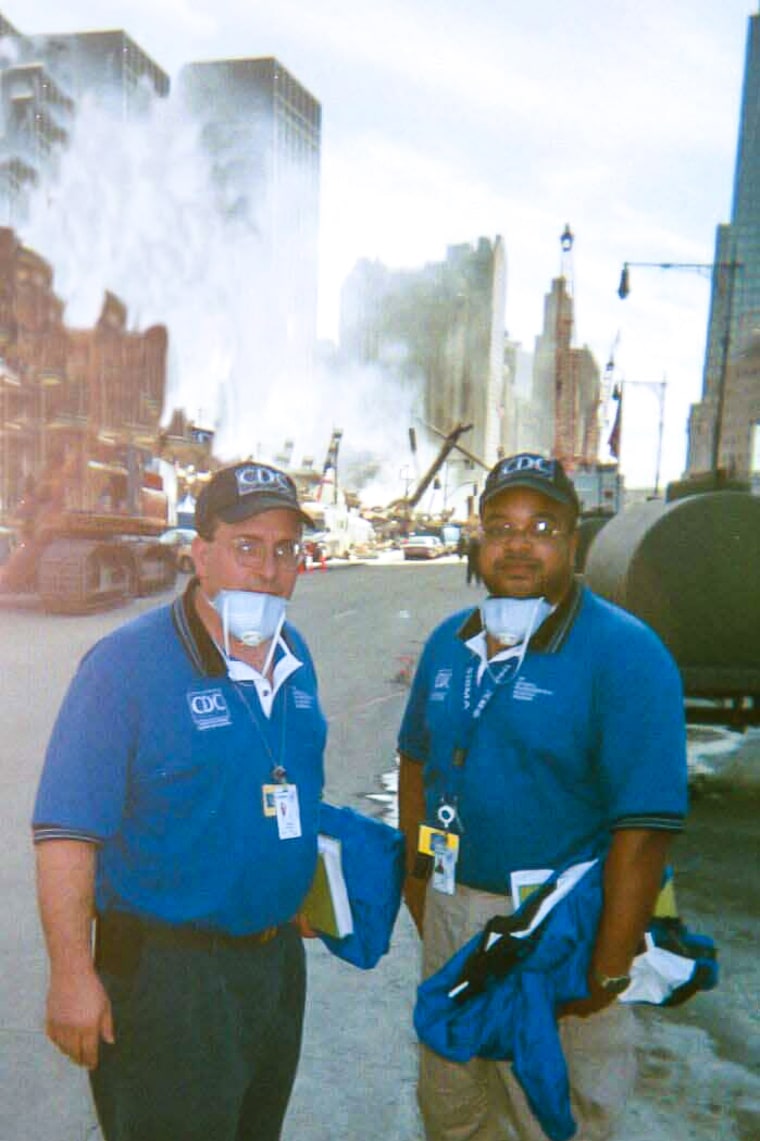
“The thinking had been for many years that the commercial market would be able to provide things like N95s,” he said. No one anticipated a global demand for the "same things at the same time."
Instead, the people in charge of the stockpile had focused on acquiring and storing medical supplies that had no alternatives and that the market couldn’t provide.
“Investments for the stockpile were prioritized around unique items like smallpox vaccine and anthrax vaccine that wouldn’t exist in a commercial market unless the U.S. government was buying them,” Adams said.
The supplies in the warehouses, "billions of dollars" worth, were essentially useless for responding to Covid, said Andrew Lakoff, a University of Southern California expert on global health and national security.
"The vast majority of them didn’t do us any good in dealing with coronavirus," he said. "They were specifically focused on a range of fairly obscure and, frankly, unlikely diseases like a smallpox attack or an anthrax attack. What we really needed was enough PPE and enough ventilators and so on.”
Who stocks the stockpile?
Deciding what specifically goes into the stockpile falls to a highly bureaucratic and secretive multi-agency group of government health officials called the Public Health Emergency Medical Countermeasures Enterprise, or PHEMCE.
The group’s task sounds straightforward enough: Identify potential threats and what medical supplies are needed to counter those threats.
PHEMCE spans nine agencies, including the Centers for Disease Control and Prevention, the Biomedical Advanced Research and Development Authority and the Department of Defense.
But a number of key stakeholders were kept out of the loop, including domestic manufacturers and health care workers, a critical error that severely hindered how it could both prepare and respond to threats, according to a National Academies of Science, Engineering and Medicine report released in 2021. The report was commissioned last summer by O’Connell to understand where the PHEMCE faltered and how it could improve moving forward.
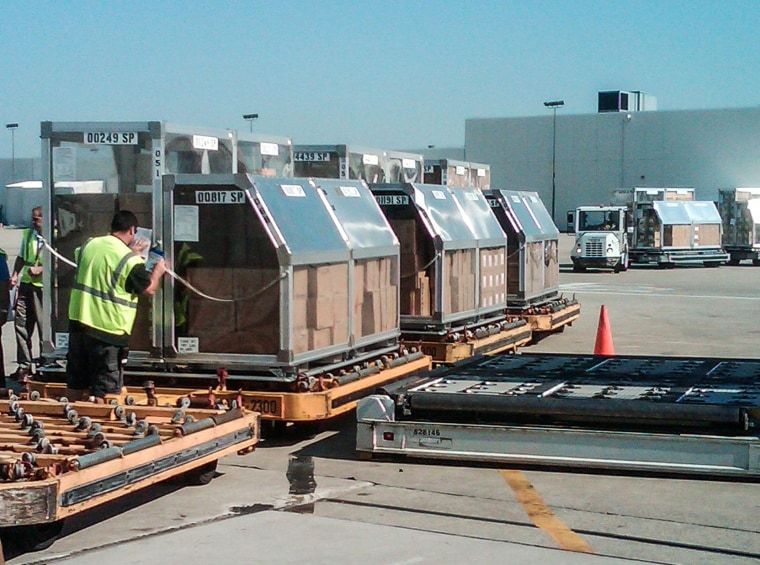
The most apparent failure in the beginning of the pandemic — the lack of masks — could have been avoided with better coordination between the government and domestic manufacturers, Lakoff said.
To remedy that, the National Academies report recommended including domestic manufacturers in the decision-making process for what goes into the stockpile.
How can the stockpile improve?
The lack of communication between PHEMCE and health care workers was laid bare in the early months of the pandemic, as New York hospitals overwhelmed with dangerously ill Covid patients scrambled to find ventilators for life support.
The stockpile was able to supply ventilators, but when they arrived, hospitals didn’t know what to do with them — they were not the models health care workers had long been trained to use, said Gigi Gronvall, an immunologist and researcher at the Johns Hopkins Center for Health Security and co-chair of the National Academies committee that produced the report.
“Eventually if the stockpile is going to be used, it’s going to be used not by the people who are managing the stockpile, but by health care providers and people in public health,” she said.
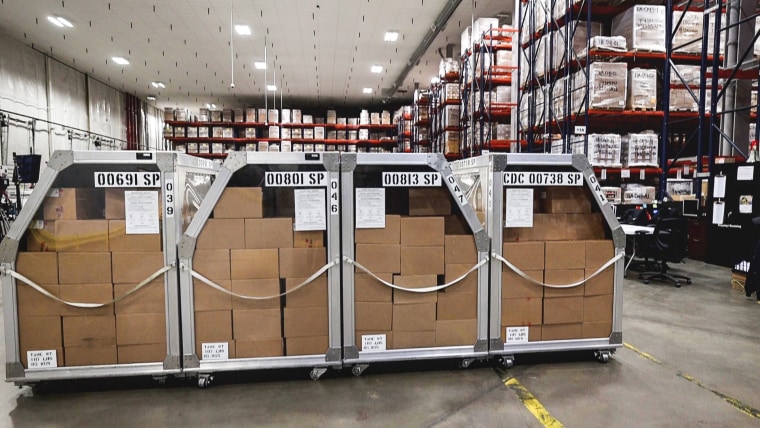
Addressing that disconnect could be fixed by forming advisory committees from outside the government that include, for example, hospital representatives, to offer guidance on the best materials to put in the stockpile, the report suggested.
Such an outside committee hasn't been formed.
A Health and Human Services spokesperson said that O’Connell "routinely" consults with experts both inside and outside the government about how to further enhance the stockpile.
The report also advocated for lifting some of the secrecy surrounding what goes into the stockpile.
There could be a risk in being too open about the stockpile, revealing to adversaries how the U.S. is not prepared for certain threats, Gronvall acknowledged. But “there is a greater value in being able to say this is what we have and we are prepared for it,” she said.
“It’s of no use to people to have the contents be secret if they’re not able to actually use them in an emergency,” she said.
And what about the masks?
According to Njoki Mwarumba, an expert in public health and emergency management at the University of Nebraska, Omaha, the federal government should build relationships with private companies that could be leveraged for supplies and ensure that those supplies “get to where they’re going.”
Without these relationships, the federal government is going to have a “dysfunctional” stockpile, “because they are like sitting ducks,” she said.
O’Connell knows the challenge is immense.
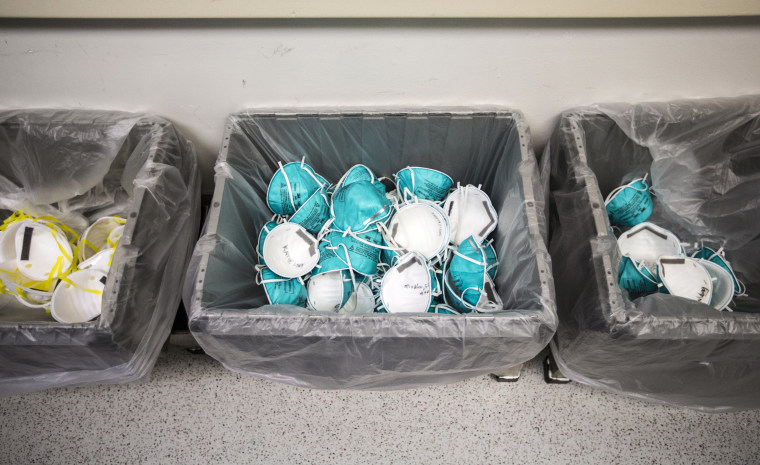
The Biden administration has already invested "billions of dollars" with domestic manufacturers to produce protective gear to avoid the pitfalls of the early pandemic days, she said.
Those investments will go toward contracting with domestic manufacturers to produce critical supplies specifically for the stockpile.
The stockpile is now more geared to handle infectious diseases, with a "significant expansion" of surgical gloves, ventilators and yes, N95 masks, Adams said.
As of June, the stockpile has acquired 541 million N95 respirators, 4.8 billion gloves and 158,000 ventilators, with more supply expected as manufacturing ramps up, according to figures provided by the agency.
There have also been other changes. Last Friday, Health and Human Services Secretary Xavier Becerra announced that ASPR, which O’Connell oversees, will now function as its own independent division within the agency under a new name: the Administration for Strategic Preparedness and Response.
The reorganization puts the new division on par with other divisions including the Food and Drug Administration and the CDC, and will allow it to "mobilize a coordinated national response more effectively and efficiently during future disasters and emergencies in close collaboration with its sister agencies," according to a statement from Health and Human Services.
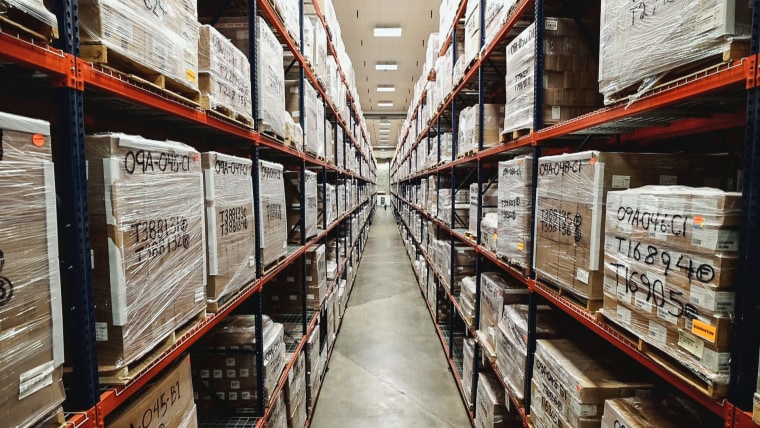
Still, more than two years after Covid devastated New York, the stockpile has once again come to the forefront of an outbreak, as health officials struggle to contain the spread of the monkeypox virus.
It's a scenario the stockpile should’ve been equipped to handle. Monkeypox vaccines were one of the items that had been stored. Yet in a moment of deja vu, the U.S. had far fewer than what was needed, with people who wanted the vaccine being turned away when doses ran out.
A group of warehouses can't be the nation's only defense against infectious diseases, according to Jeff Schlegelmilch, director of the National Center for Disaster Preparedness at Columbia. He urged for a more “unified” approach with the other federal health agencies.
“I think the Strategic National Stockpile, and stockpiles more generally, serve a purpose,”he said. “They’re part of an effective plan, but you can’t stockpile your way into preparedness.”
Follow NBC HEALTH on Twitter & Facebook.

